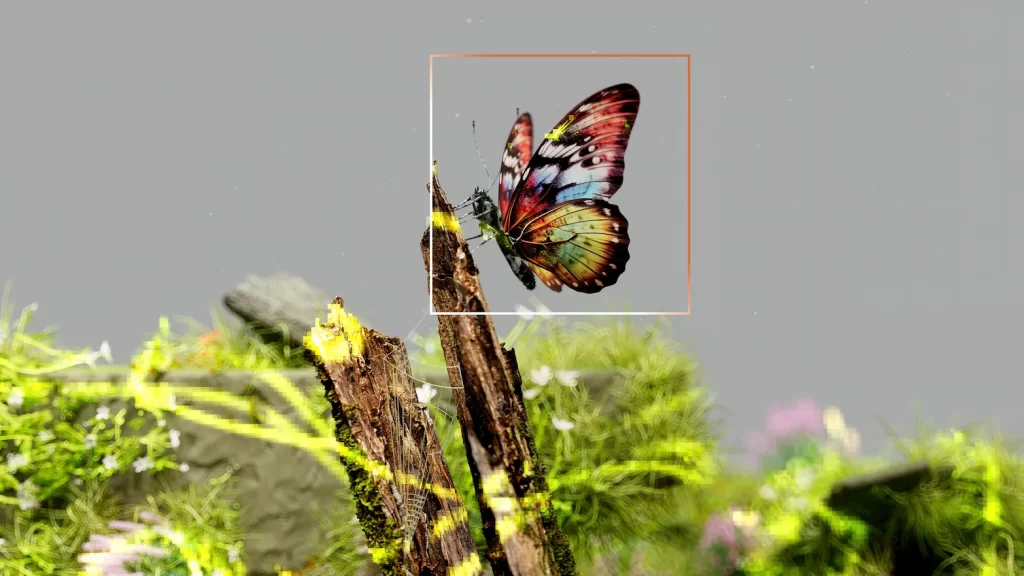Biomimicry, a scientific field dedicated to the study of nature in search of innovative solutions, has emerged as a rich source of inspiration. In Earth's vast ecosystem, interdependent beings coexist, that is, each one playing a vital role in maintaining balance in nature. In this intricate ballet of life, the plants emerge as protagonists, not only guaranteeing oxygen and food, but also offering inspiration for a more sustainable and cooperative future.

Biomimicry: A Window to the Future
Movements such as Terra em Rede have driven the creation of revolutionary technologies, as well as Glowee's bioluminescent lights, inspired by animal bioluminescence. Sandra Rey, founder of the company, combines biomimicry and synthetic biology to create sustainable alternatives to conventional electric lighting.
Plants: Masters of Technological Innovation
Plants, often underestimated, have played key roles in technological evolution. The classic example of burr, which inspired the development of Velcro, illustrates how close observation of nature can result in extraordinary innovations. The plant kingdom not only offers inspiration for everyday products, but also reveals secrets that can transform medicine, fashion, communication and even politics.
Cooperative Architecture: Lessons from Nature
Stefano Mancuso, renowned botanist and founder of plant neurobiology, proposes an innovative approach for the future. Thus, in addition to their role in natural balance, plants exhibit remarkable cooperation between species. In a vegetable garden, the interaction between companion vegetables demonstrates how substances released into the soil benefit mutual growth. This cooperative architecture not only strengthens plants, but also provides a model for human society.
The Plant-Inspired Robot Revolution
Contrary to the idea that only beings with brains can innovate, plants reveal complex memory systems, as well as a lot of resilience. Martin Montague highlights that, over billions of years, nature has refined plants as true sources of innovation. Therefore, scientists created robot plants to explore the soil efficiently, that is, applying the movements of plant roots to artificial intelligence.
On the other hand, in the field of robotics, the Massachusetts Institute of Technology (MIT) developed an artificial “muscle” based on the tendrils of the cucumber plant. In this way, an innovation inspired by nature demonstrates how biomimicry can revolutionize technology, providing more efficient and sustainable solutions.
The Light that Illuminates the Path: Biomimicry Tools
To expand our understanding of nature's design, the Biomimicry Institute offers free online tools, such as the Biomimicry Design Spiral. This platform, combined with AskNature.org, provides valuable insights for regenerative business strategies. Additionally, companies like change:WATER Labs apply biomimicry to create innovative solutions, such as the iThrone, a portable toilet inspired by plant evapotranspiration.
The Revolution Will Be of Plants and Human Resources
In a world increasingly focused on sustainability and innovation, plants are emerging as catalysts for solutions to global challenges. Whether creating technologies inspired by biology or promoting cooperation between species, plants offer a universe of possibilities. The true revolution lies in the harmonious integration between human knowledge and the wisdom of nature.
With information @Box1823
My talent is helping entrepreneurs create their brands It is websites professionals, to have their own lives and become increasingly stronger in the market. Creatively conceptualizing in an authentic way. Building new spaces in digital and physical channels. And executing strategic actions to marketing with IF THE to achieve results.